The longevity of the heritage buildings depends upon the process of management they undertake. Historical buildings are an example of withstanding legacy of our ancestors.
They don’t need to be saved; they just require to be taken care of. 3D laser scanning is being tested for its use in long-term monitoring of decay situations (even from periods prior to the subjects that are only documented in archive photographs), and for its ability to offer almost infinite views of the building, which will prove incredibly helpful in future conservation efforts.
It may sound to come up somewhere from a sci-fi feature film, but it does help in gathering a non-intrusive way of data regarding any specific building and structures. As seen in the field of hotel and hospitality sector laser and 3D scanning is becoming an advantage in their conservation and restoration process.
So, a modest way for getting measurement data is ideal. Whether it’s developing a schedule for maintenance, or measuring a building’s structural soundness, 3D laser scanning streamlines these tasks. In addition, 3D laser scanning provides planners with previously unattainable assets at their disposal to help keep history alive.
Perhaps there are always two sides of every coin. Conservation requires a sense of judgment and is subjective depending upon building to building. Not as every human is same so as the character of heritage structures.
They all tend to require varied ways of solutions for their issues. The latest technology does not necessarily present the best choice in conservation, as it can be time-consuming without offering concrete benefits beyond the aesthetic.
Technology can also create a certain distance between the archaeological remains and the surveyor, which does not contribute to thoughtful analysis and consideration of a structure’s complex history and conservation needs. However, where technology is thoughtfully employed the benefits can be great.
Laser scanning technology can help in seeing through buildings and provide with the valuable visual perceptions. Taking the insight of Hotel Eddystone in Detroit. It was constructed in the early 1920s and was a crown jewel in the Detroit tourism industry till it closed in 1990s.
Giffels Webster was hired to conduct a full 13-story scan of the building’s interior, to be used in an upcoming residential and retail project. This project came back to life because of the recent construction of Little Caesars Arena Hotel located across the street.
Another hotel developer in downtown Toledo, Ohio plans to invest $30 million to renovate a 200-room of the former Seagate Hotel. True Point 3D laser scanned the exterior elevation, basement, main lobby level, 2nd floor and elevator shaft – more than 30,000 square feet of space. All structural and architectural features were captured as part of the scan.
In Philadelphia, Pennsylvania True Point developed as-built 3D model to convert a historic building into a luxury hotel. It provided 3D scanning services for a 250,000 square-foot building, including the exterior facades, floors 1-4, basement, roof, penthouses and mechanical spaces.
Due to the size of the building and the ornate features, traditional methods would have taken months to complete and would not have been as accurate or anywhere near as detailed 3D scans that were conducted to design the renovation.
One of the recent historical preservation projects was the historical Barrister Place building in downtown Phoenix. This building opened in 1915 as the Jefferson Hotel. At the time of its opening, the Jefferson Hotel was the tallest building in the state of Arizona. McNeil Engineering had performed 3D scanning to scan the exterior of the structure. 3D scanning created a highly accurate representation of existing conditions of the building for historical documentation prior to renovation work and future expansion.
Among the many advantages of laser scanning technology, this discrete process is ideal for historical sites, yielding precise results without interfering with the fragile architecture. Securing this data is a vital investment, maintaining the cultural significance these buildings play in our communities.
Through the understanding one can analyze the interface between the built form and the methods best applied to safeguard them. Regeneration of historical structures into a useful function is necessary but for that to happen the examination of it being capable of withholding the change is also important.
That’s where laser scanning comes to rescue with which we can X-ray a building and provide appropriate solutions. Laser scanning (or “lidar,” which stands for Light Detection and Ranging, a specific type of laser scanning,) is a broad term that encompasses several technologies that use lasers to determine the locations of 3D points.
At its most basic, laser scanning emits laser pulses and then collects information about what happens to those laser pulses. That information is indexed into a computer file called a point cloud. The more lasers clouds can contain many billions of points and look at dense as a photograph.
Laser scanning and modeling is exploding in the AEC industry. 3D laser scanning creates a smooth BIM workflow, from the acquisition of data to a polished 3D model. Scan to BIM services are becoming more popular as the need for intelligent 3D CAD models grows. Moreover, laser scanning allows to model virtual walkthroughs, interference detection, containment analysis and interactive 3D models.
The technologies’ capabilities to truly understand foundational and structural challenges makes it a valuable tool in protecting historic buildings. There’s no beginning and no end of the possibilities of this technical world. It successfully breaks the constraints of form and emptiness.
References:
-
https://www.truepointscanning.com/3d-laser-scanning-aids-in-hotel-renovation
-
https://www.prologuesystems.com/historic-preservation
-
https://mcneilengineering.com/case-study-laser-scanning-at-the-psycho-hotel/


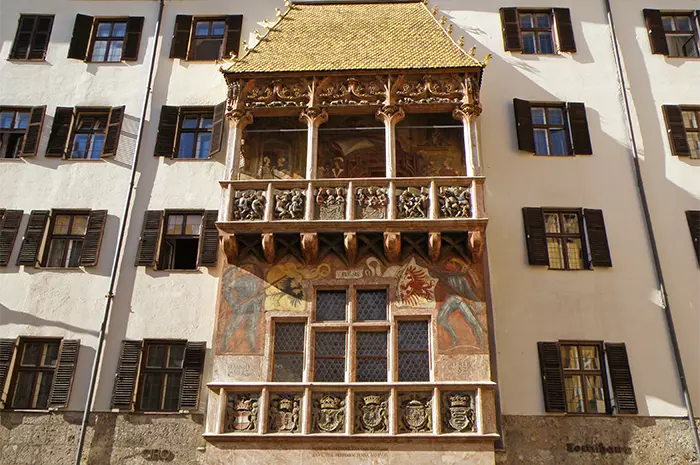




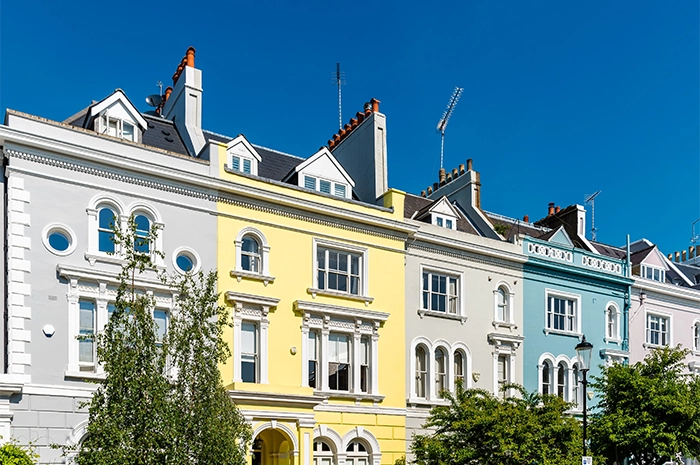 The Features Buyers Want in London Properties
The Features Buyers Want in London Properties 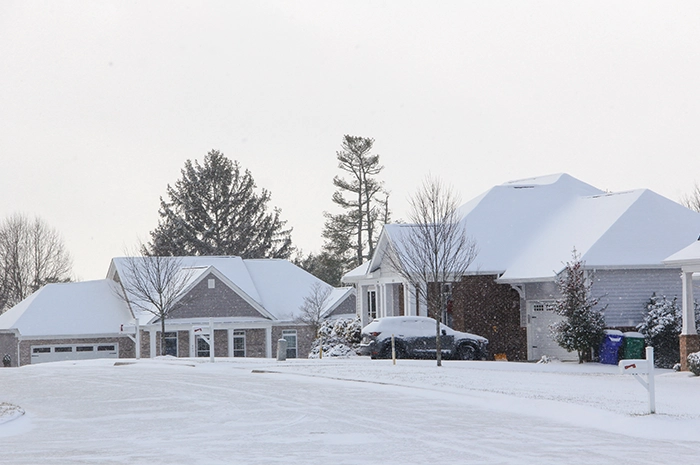 Building Design for Extreme Cold: The Architecture of Climate Change
Building Design for Extreme Cold: The Architecture of Climate Change 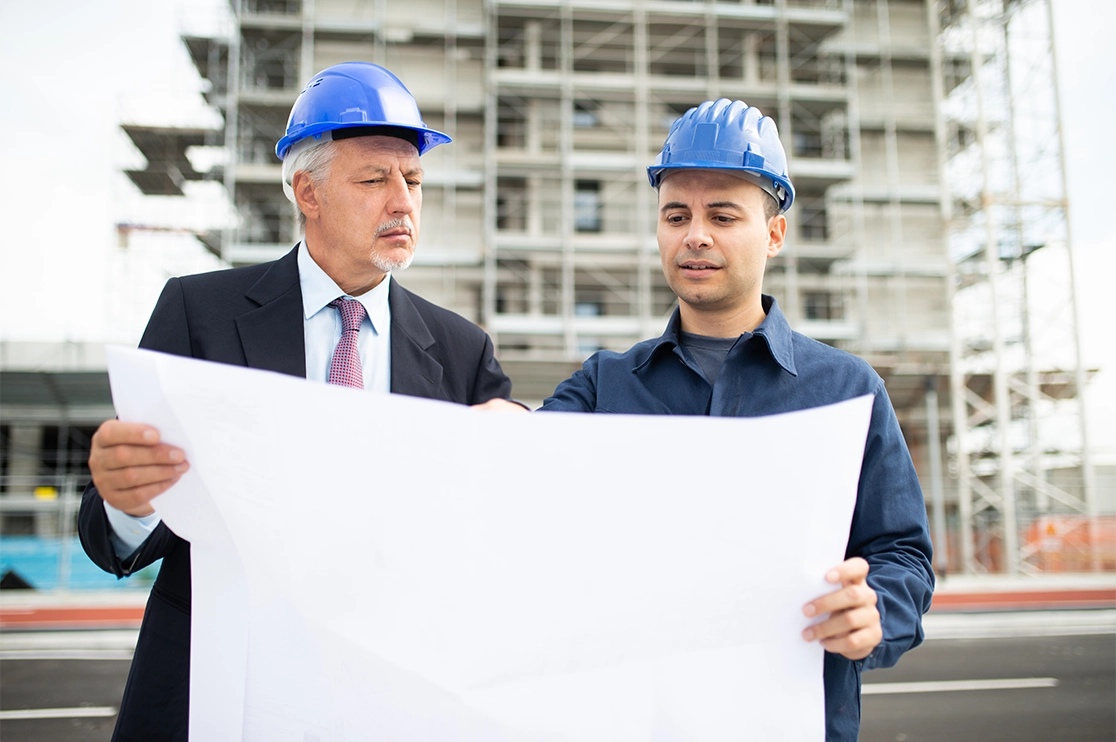 Contractor vs Subcontractor vs Builder: What’s the Difference?
Contractor vs Subcontractor vs Builder: What’s the Difference? 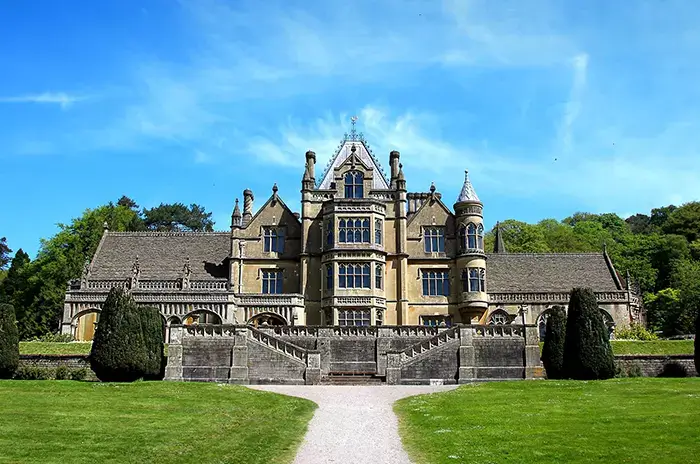 Mansion vs McMansion: Is There Really a Difference?
Mansion vs McMansion: Is There Really a Difference?